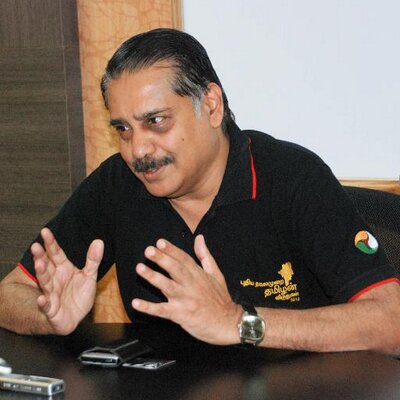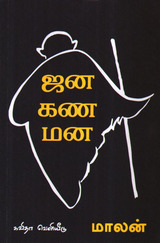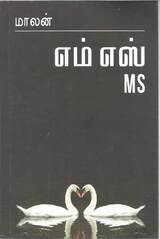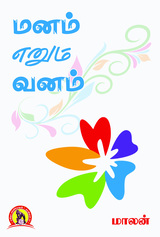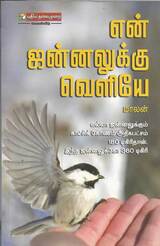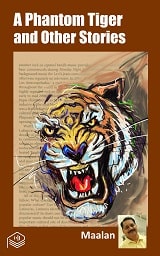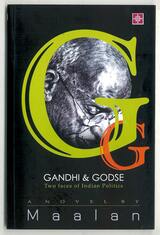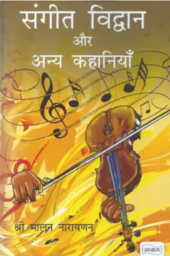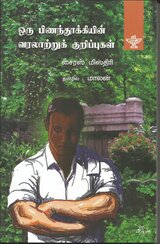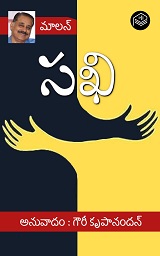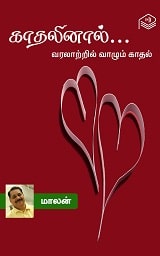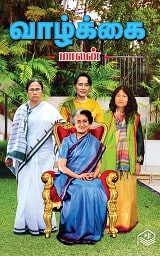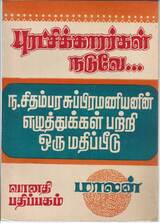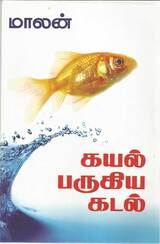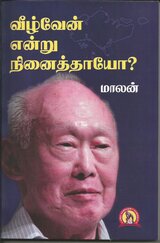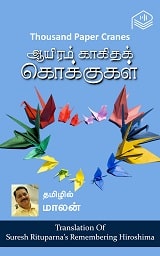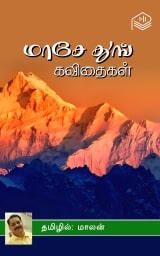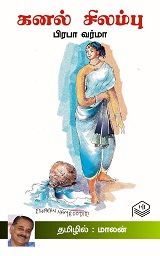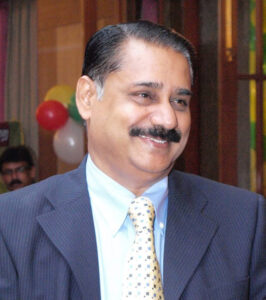Tracing long history of Tamil short story
Special Correspondent
The Hindu
“The genre set for growth, despite limitations”
It has been a hundred productive years since the short story form appeared first in Tamil, but scholars and writers are still debating its origins.
Tracing the evolution of the form and content of short stories in Tamil at a seminar on the theme organised by the Sahitya Akademi here on Tuesday, eminent writers were quite convinced that the genre was poised for growth, if not glory, despite the limited space available.
Still, the argument continues on who’s the father of the Tamil short story. In his keynote address, journalist Malan said the short story, like many other contemporary literary forms in the language, started with Subramania Bharathi. His fictional work ‘Tulasibhai,’ which was published in short episodes in Chakravarthini in 1905, was the first short story.
“As there was a small poem in it and it contained parts written in the style of a play and some Shakespearean quotes, many may hesitate to accept it as a short story,” he said. Bharathi wrote ‘Aaril oru pangu’ as a short story and published it himself at a price of three ‘anas’ in 1910s which was banned by government and for which he wrote to the ‘letters to the editor’ of The Hindu in 1912 on why the ban should be lifted.
Va.Ve.Su. Iyer’s ‘Kulathangarai Arasamaram’ taught in schools as the first modern short story in Tamil was an adaptation of Tagore’s story. The English translation was published as ‘The story of the river stair’ in 1914 and Iyer’s story was published in ‘Viveka Bodhini’ in 1915, he noted.
While Iyer’s stories had better form and structure, Bharathi’s stories had more angles and dimensions that inspired many, said Rama. Gurunathan, member, general council, Sahitya Akademi.
Ku.Pa. Rajagopalan’s stories had a tacit concern and Kalki was a popular writer. After a lull, when short fiction was merely written as a pastime, Dravidian writers such as C.N. Annadurai and M. Karunanidhi used the form for social commentary.
Socialists like Vindan and Jayakanthan had a realistic portrayal of life laced with social criticism. Ku. Azhagirisamy was a master of child psychology and Thi. Janakiraman was an expert in portraying life in the Thanjavur milieu.
Contemporary writings have a shade of western influence, like at the beginning, exploring the genre with crafty visualisation, concept mapping and interior monologue with a touch of alienation and impressionism, Mr. Gurunathan said.
Heartening
Sirpi Balasubramaniam, convener, Tamil advisory board, Sahitya Akademi, said it was heartening to see a large number of youngsters taking to the genre using new techniques and narratives with shades of magical realism, post-modernism and non-linear forms, despite the limited space for publication.
The writing of the Diaspora has given a new dimension as well. He said Puthumaipithan was still the best-known practitioner of the genre in popular opinion whereas Jayakanthan brought out the illuminating self of ordinary people and soulful liberating spirit of oppressed women. Ashokamitran’s writing, in its bare simplicity, was artistically truthful.
Agrahara Krishna Murthy, secretary, Sahitya Akademi, said readers would be attracted to short stories that were illuminative and evocative, even while dealing with mundane things.
http://www.thehindu.com/news/cities/chennai/tracing-long-history-of-tamil-short-story/article1770997.ece?css=print

